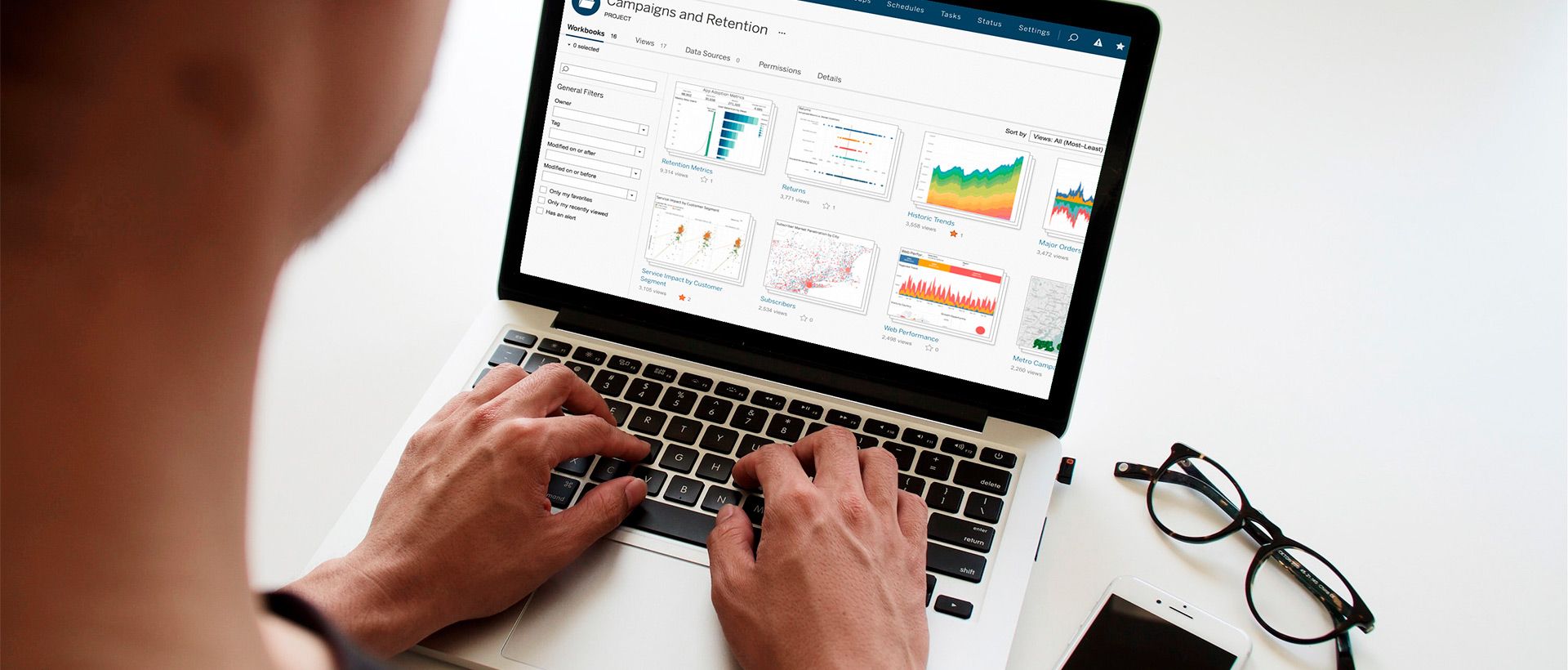Was your business impacted by the COVID-19 pandemic? More than likely, one of the largest impacts your business felt was due to your staff going remote full-time. Regardless of their tenure with your business, any employee thrusted into shifting out of the office and into their homes suddenly may struggle. The rate of remote work is a bit of an enigma, as many would think a stark majority of employees report to the office. However, remote work had been seeing consistent rises in years leading up to the pandemic. Between 2005 and 2018, the number of remote employees jumped by 173%. What businesses have come to realize throughout this time at home, is that a full-time remote staff does have its benefits.
Unfortunately, it seems that any good must always come with some form of bad. The benefits are met with some challenges, but nothing worth deeming all remote employees as the downfall of your organization. A major problem as a result of the remote nature of work comes from the communication barriers. Many managers will struggle with the lack of open communication between their staff compared to their time in the office. When employees lack this leadership, it can be difficult to find the willingness to work as effectively. This can breed issues related to organization-wide work requiring collaboration across teams.
While these managerial challenges are certainly nothing to scoff at, a much larger issue exists for businesses with remote employees. The liability associated with these employees must be considered. Similarly to if they were in the office, any injuries faced on the clock at home or hardware property damage will still have to be dealt with by the business. Worst of all these dangers, though, is the chance of data breaches and cyberattacks. Any amount of data being leaked to the wrong party can be detrimental to a business, so avoiding these attacks is top priority.
This is why it’s so important for businesses to come prepared. Preparation for the threat of cyber-attacks and data breaches, requires a virtual private network, or VPN, and the latest antivirus software coupled alongside firewall security. With these tools, businesses are much more equipped for the task of protecting their data and their employees in turn. The attacks that do manage to slip through the cracks will require the right coverage from insurance providers. Businesses will want to be equipped with both first-party and third-party cyber liability policies; which cover the damages as a result of these attacks, both for your organization’s data and your clients’ data respectively.
When organizations take the right steps to both defend and support their remote employees, these benefits can become fully realized. Through this support, employees have been known display greater professional freedom and find additional balance between work and life through their extended free time. This contributes to much more positive mental health states and improved productivity as a result. If your business is keen on finding additional information on how to transfer these benefits onto your employees, take a moment to review the infographic paired alongside this post. Courtesy of B2Z Insurance.



